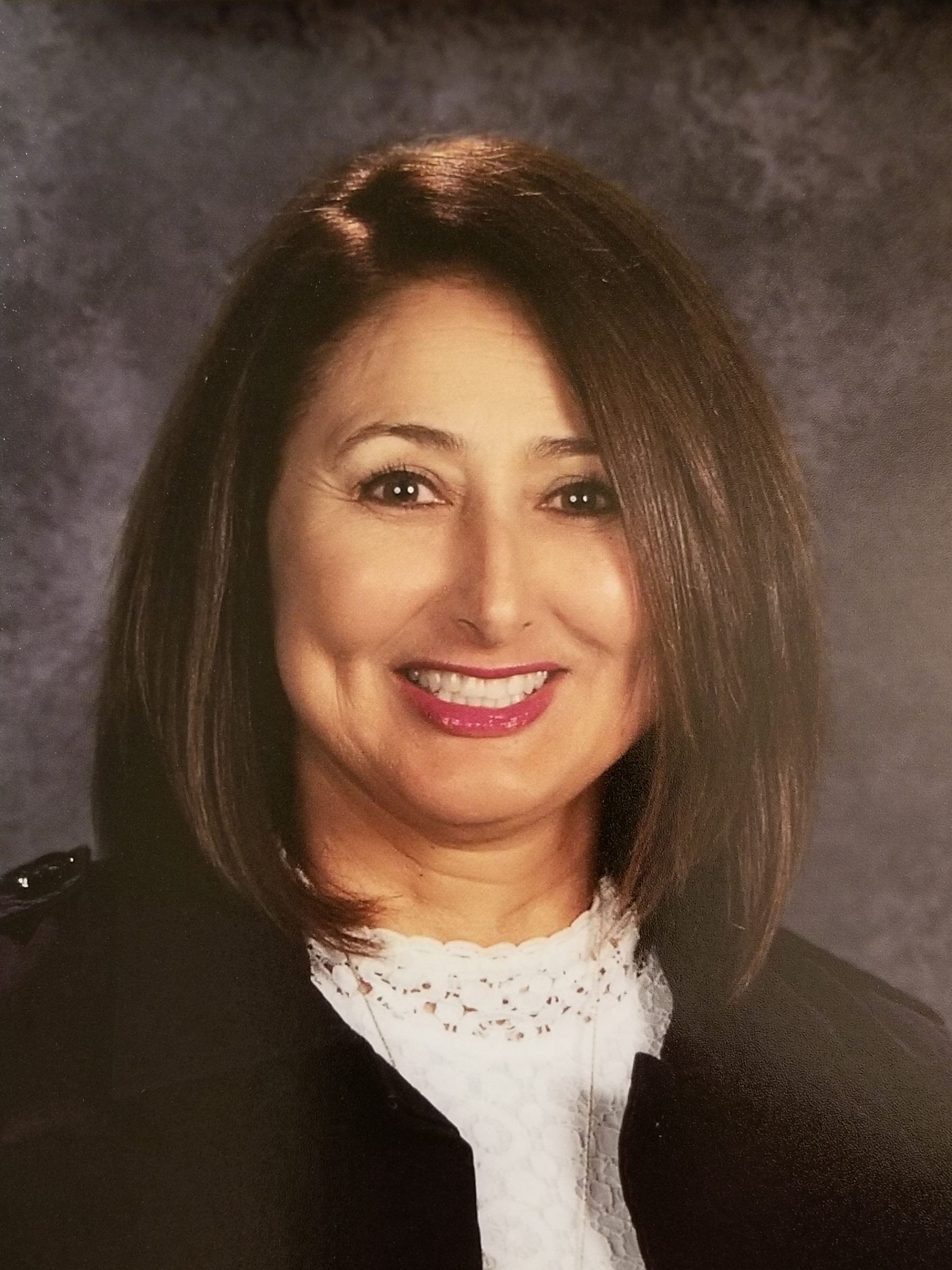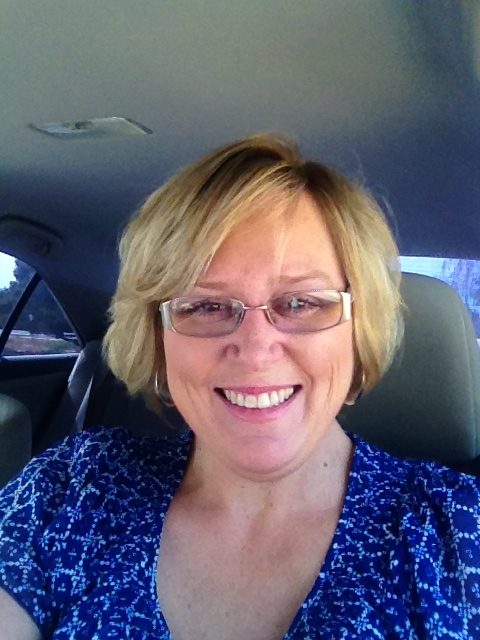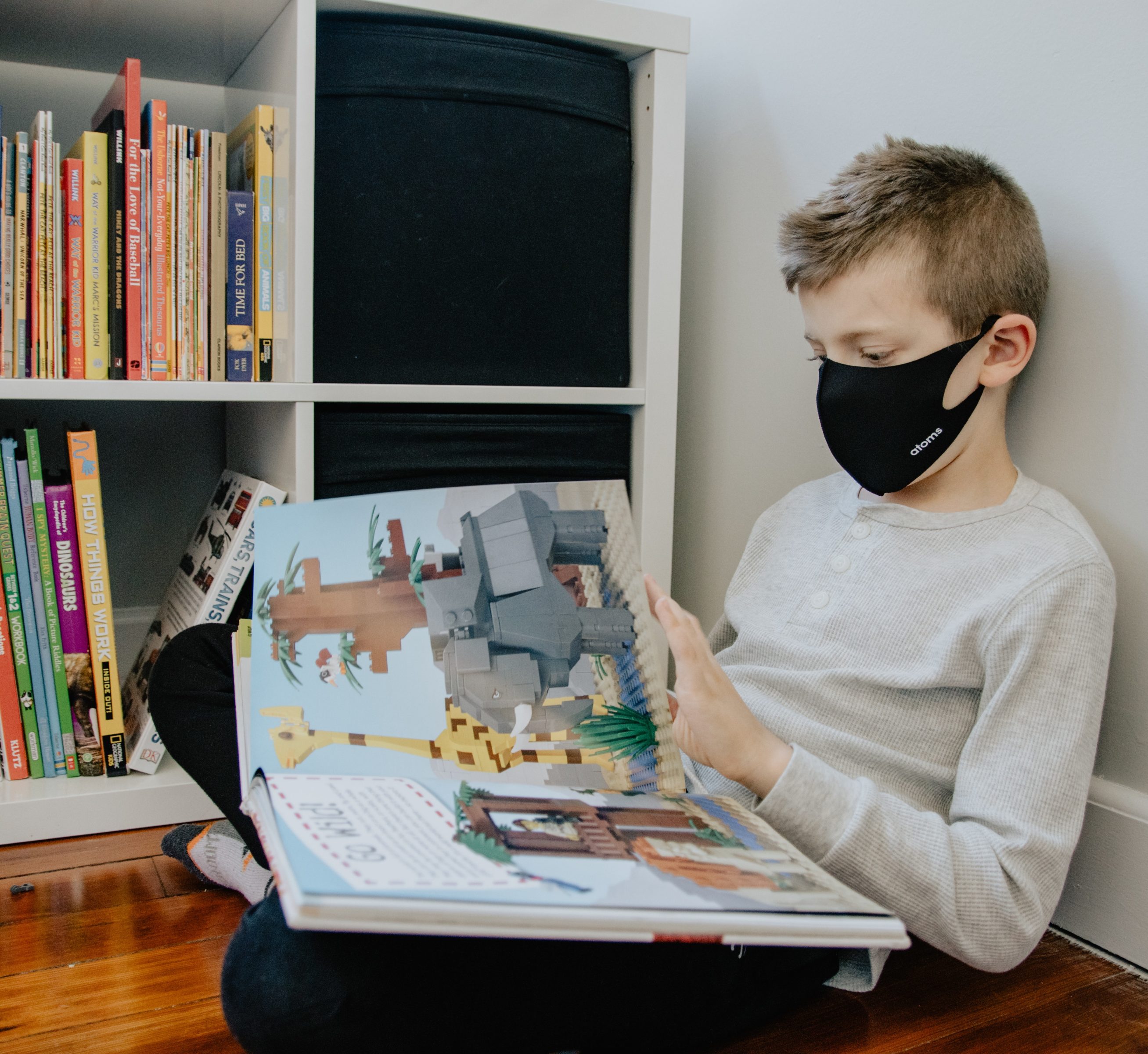“I don’t think everyone understood how crucial social-emotional learning was to achievement,” says alternative education school counselor Elvia Estrella in Sweetwater Union High School District. “We push academics, but we forget about the students behind the academics. Our kids are going through the same things we are, and we need to be more empathetic.”

Elvia Estrella
Estrella and school counselors across the state are addressing a major part of the pandemic learning effort — supporting the emotional needs of students who have experienced trauma, providing vital resources, and showing them someone cares. Much of their time in distance learning has been spent attempting to track down students who disappear suddenly, dropping off virtual classrooms when a crisis hits home.
Estrella says calls with students routinely include tears and stories about sick or passed relatives, and even health problems of their own — one high school student had been sick in bed with COVID-19 for three weeks, while another ended a lengthy video conversation by revealing he had been considering suicide.
“I’m doing more therapy remotely during the pandemic than I ever did in person as a social worker,” says Estrella, a member of Sweetwater Counseling and Guidance Association.
“As school counselors, we’re brokers of hope. We need to understand as we move out of the pandemic that students are still going to have trauma. We will support them through it and let them know they’re not alone — we’ll get through this together.”
In the Central Valley, Hanford West High School counselor Kirsten Barnes has been back in a hybrid model with two cohorts since November, but it’s no easier for her to track down students, and she’s especially reluctant to pull them out of class when they only get an hour in person with each teacher a week.

Kirsten Barnes
“It’s been hard because normally when I get a student ghosting me, I can find them,” says Barnes, a member of Hanford Secondary Educators Association. “I’ve never met some of my students in person or even seen their faces.”
For students Barnes has interacted with, she’s noticed a lot more patience and empathy since the return to school. Conversations that previously started with personal issues now begin with inquiries about Barnes and her family’s health. A 15-year-old girl who recently shared that she had lost grandparents to COVID and that her parents were experiencing financial problems showed striking resilience in her perspective.
“‘But I guess we have to be thankful for what we have,’” Barnes recounts the girl saying, her voice breaking slightly. “That right there is why I come to work every day.”
Barnes says, educators need to be mindful that students bring two backpacks to school every day: one with books and supplies, and one with their emotions and trauma. Schools need to support their social and emotional needs first to be able to help with academic needs.
“We can’t just open school like usual. We need to find out where they are,” she says. “And it’s hard to meet students where they are, because there’s no common understanding of what that means. I see educators struggling because everyone is blaming the teachers for everything.”
Estrella says we could all be more graceful, with students, educators and ourselves, to build the relationships and trust needed to help students and communities.
“We’re all coming back with trauma, and if we don’t build trauma-sensitive schools, we’re going to miss the important work,” says Estrella. “We have resilient kids. We need to understand their stories and create a system that helps them learn.
